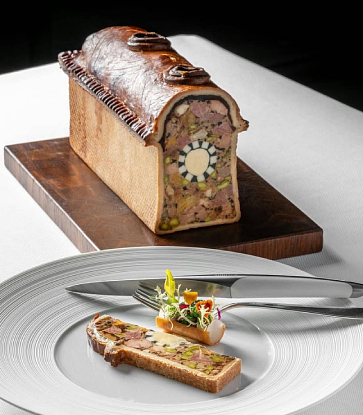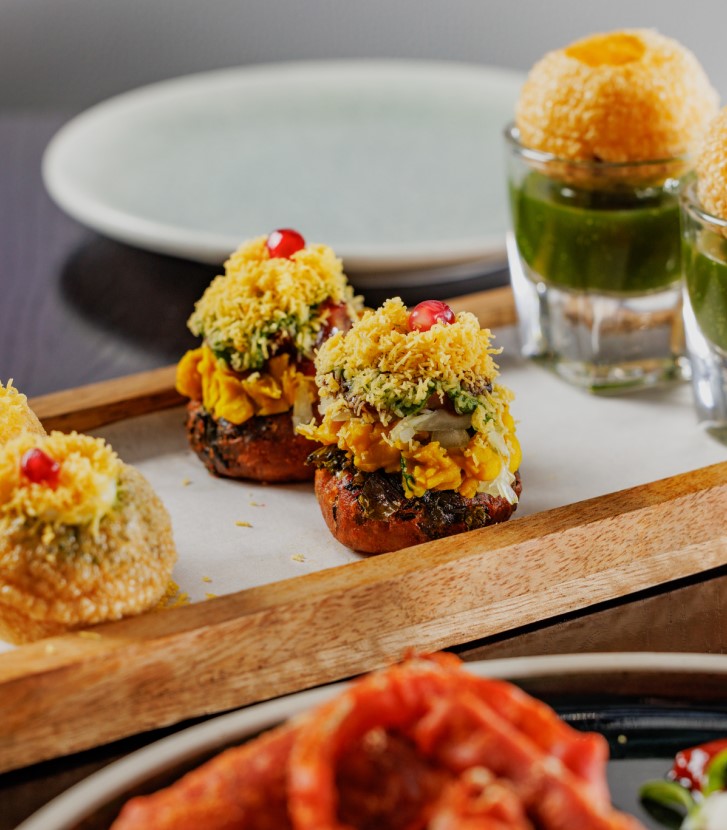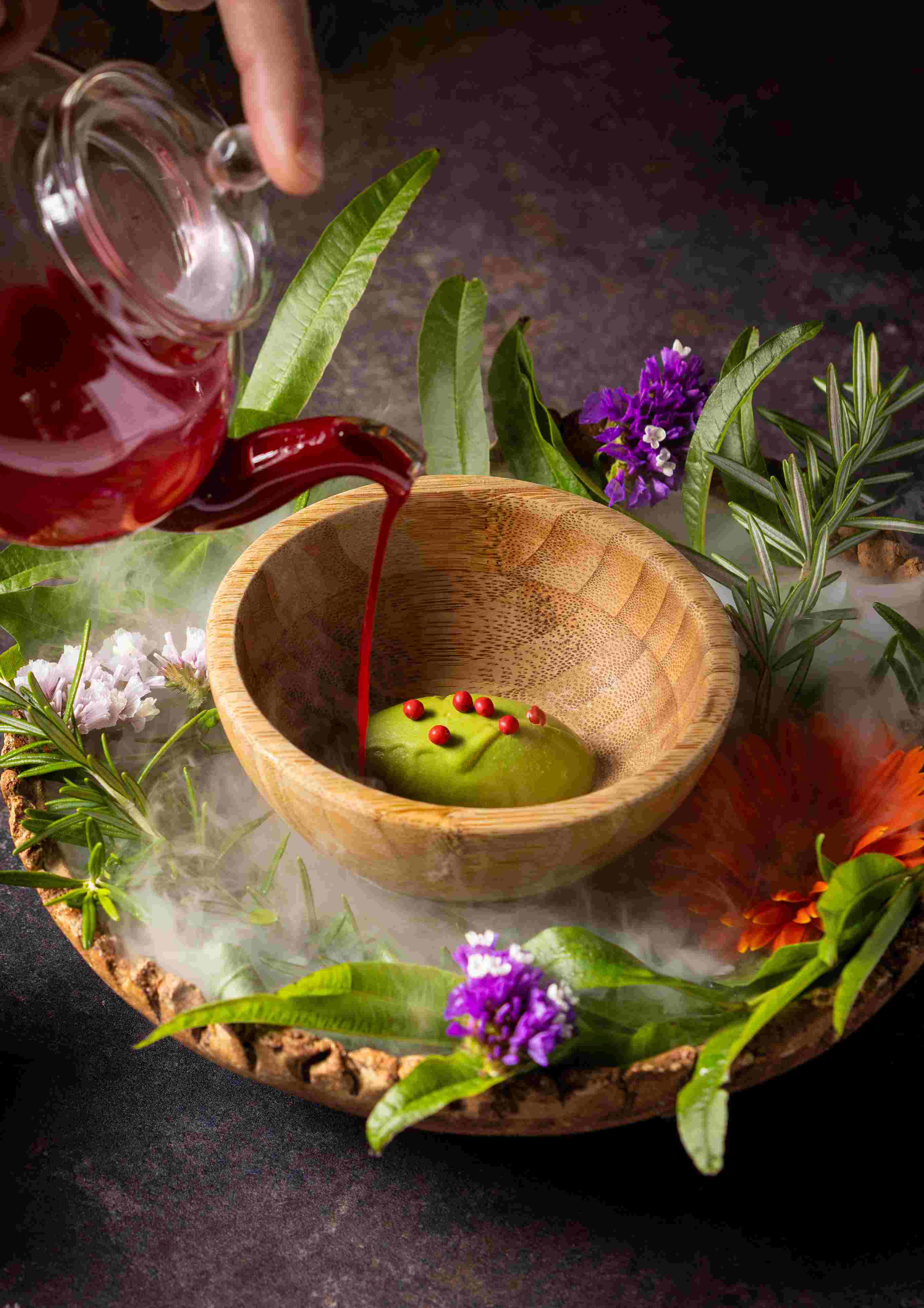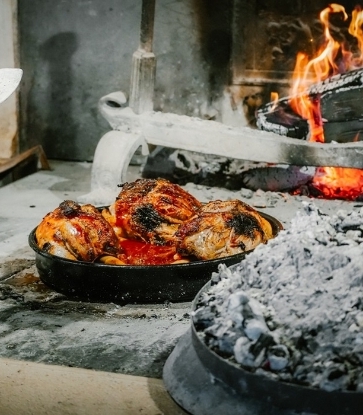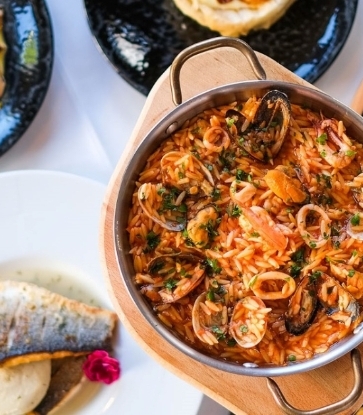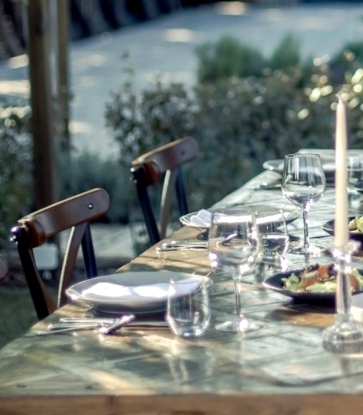Think it’s an artist workshop and you would be mistaken – but that notion isn’t entirely far off. The four ladies are fondant artists from The Little House of Dreams. The bistro’s décor caters to children, their work is often centered around weddings and birthdays, and laymen might think such work is easy.
In truth, these ladies combine imagination with creative vision and mini engineering feats to defy gravity and humidity – all to build towering fondant cakes complete with tiny intricate details.
These edible masterpieces have been seeing a surge in recent years. The Little House of Dreams alone sees over 80 orders in a single month, up from just about 20 two years ago.
“A lot of it has to do with the internet with everyone showing off their cakes,” says Wynona Leach, creative director and fondant artist. Social media has been key to this with users sharing their themed cakes – and many are truly outrageous.

“It just gets more and more elaborate,” adds fellow fondant artist Nisha Ashok. “Compare it with the cakes when we were growing up – it was just a buttercream or a blackforest cake with the words happy birthday on it.”
Despite this new interest, the technique has been around since at least the 16th century.
“The early stages of sugar paste (rolled fondant) developed as early as 1558,” writes Toba Garrett in her book ‘Professional Cake Decorating’. “The recipe included rosewater, sugar, lemon juice, egg white, and gum tragacanth, them called gum dragon. This vegetable compound is still used in commercial rolled fondant today.”
The Skills Involved
At The Little House of Dreams, the creations might seem light-hearted, child-like even but the stakes are astronomical. Every order is important and as fondant artist, there’s zero room for error.
“Weddings, birthdays… these are big days and it means so much to people,” explains Wynona. “They have high expectations.”

Some of the more complicated cakes they’ve done include one that used over 10 kilos of fondant and required an extremely precise shade of blue – so precise that it has to be identified by its Pantone Matching System code: 282C.
Mixing hues to attain this fondant colour alone took 2 hours, which is considerable compared to the speed of which the artists finish their cakes.
Other skills needed include sculpture where the fondant is rolled and shaped into 3D forms. This is then left to dry in a cabinet so it hardens, and then painted. An example of a sculpturally intensive project includes a cake that takes after The Mockingjay’s logo – that of a bird. Each feather was crafted and shaped by hand one at a time.

Techniques and Tactics
Given the time it takes to craft these cakes, head fondant artist Daisy Muala has to order in the fondant. While all the bakers and artists are able to make their own, getting it from a supplier affords consistency and saves time as well as labour.
Fondant is, after all, not the easiest material to work with. It’s extremely pliable, stretches easily, melts and condenses in Singapore’s humidity. A slight error in any batch of fondant could slow down the conveyor belt process.
Then there's the matter of making sure the cake is structurally sound. To hold the weight of cake layers, the artists use bubble tea straws so the cakes don't sink from the weight. They also drive a wooden dowel down the centre of the entire structure so everything stays in place.
Despite the time and care taken for each cake, the artists easily finish 3-5 cakes per person a week. That means long work hours including weekends and public holidays.
“We get a lot of satisfaction when the customers thank us and are really happy with the results,” says Nisha.
Manufacturing happiness, it seems, is no piece of cake.










